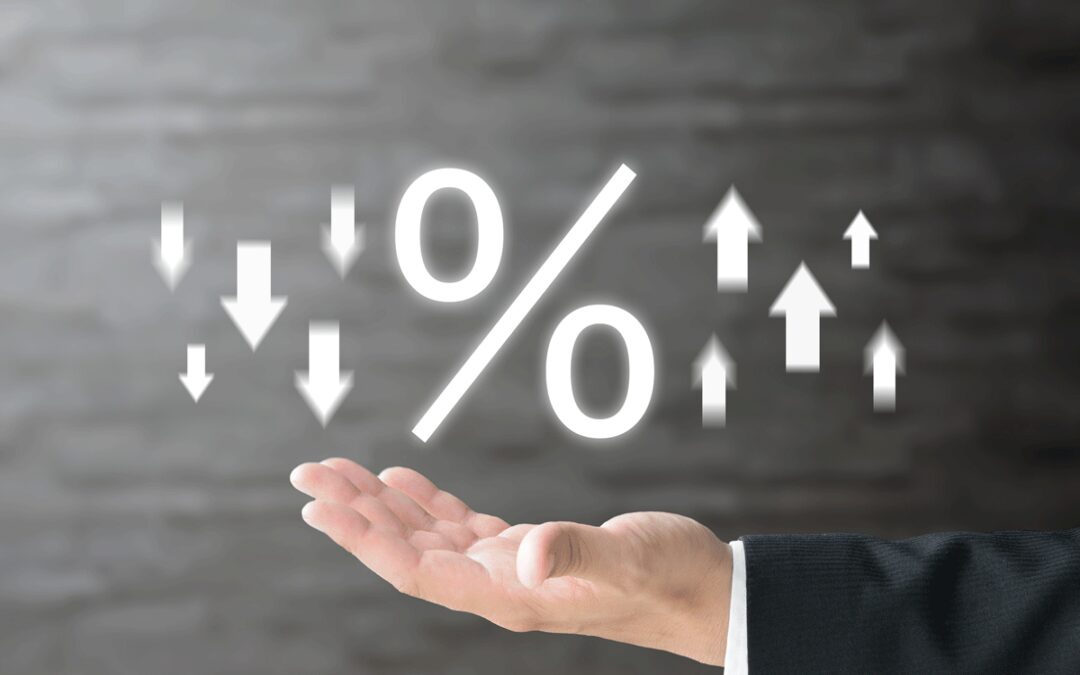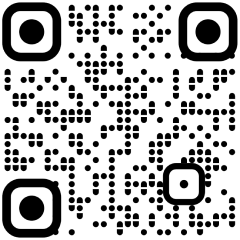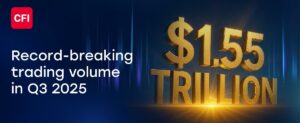Is the era of rising deposit rates over or will the interest rates on fixed deposits (FDs) go up further? All eyes are on the upcoming bi-monthly Monetary Policy Committee announcement by the Reserve Bank of India (RBI) on December 8, 2023. While the possibility of any rate hike appears remote, a rate cut on the other hand would almost rule out any chance of a significant rise in deposit rates. However, if the RBI maintains the status quo in the upcoming Monetary Policy Committee meeting, will banks increase the interest rates further? Well, there is no straight answer to it. The decision to hike FD interest rates will depend on various factors, not just the decision of the central bank, say experts. Find out how interest rates of FDs may move in the future and how you should invest.
RBI MPC decisions on December 8, 2023: Pause for one more time?
The repo rate is one of the major factors that drive interest rates of deposits. The interest rates of fixed deposits and repo rates go hand-in-hand. When the repo rate increases, typically interest rates on FDs also go up. Similarly, when the central bank cuts the repo rate, deposit rates usually come down. After a decadal low, the interest rates of fixed deposits rose significantly last year, all thanks to a 250 basis points (bps) hike in repo rates by the central bank in 10 months, from May 2022 to February 2023. Banks are yet to fully transmit these rates to deposit rates. Now, the RBI is likely to keep the repo rate unchanged at 6.5% for the fifth time in the Monetary Policy Committee meeting scheduled on December 6-8, 2023, say experts. “With CPI inflation moderating to 4.87% year-on-year in October 2023 (and core CPI inflation to 4.5% YoY), we expect the RBI to keep the policy repo rate unchanged at its next MPC meeting. The prospect of further easing in inflationary pressure is likely to result in the MPC moving to a neutral policy stance from the previous stance of ‘withdrawal of accommodation’,” says Prasenjit Basu – Chief Economist, ICICI Securities.
Many factors working to push FD interest rates up
It is unlikely that banks will uniformly go for another round of deposit rate hikes. “If the RBI decides to keep the rates unchanged, which is a high possibility, then the FD interest rates would stay at the same levels. We do not expect any upward movement in the FD interest rates unless the repo rate is increased further,” says Raghvendra Nath, Managing Director, Ladderup Wealth Management. However, the repo rate is not the only component that impacts the interest rates of fixed deposits. Liquidity in the system and demand for the credit of the lender will also impact the deposit rates. The decision to hike the deposit rates will ultimately depend on the individual bank. “The possibility of an upward revision in Bank FD rates cannot be entirely ruled out, it remains uncertain,” says Saurabh Jain, Co-Founder, of Stable Money.
Liquidity in the banking system stayed in deficit mode throughout the current quarter (October-December). Further, it saw a deficit throughout the entire preceding month of November, except on November 3, 2023. The banking system liquidity gap widened to a near five-year high to Rs 1.47 lakh crore on November 21, 2023, driven by monthly goods and services tax payments.
Going by the latest RBI data, bank credit increased by 20.4% year-on-year to Rs 155.7 lakh crore for the fortnight ended November 3, 2023. However, deposits grew only by 13.5% y-o-y to Rs 197.1 lakh crore for the fortnight.
“Persistent liquidity deficit over the past three months, along with aggregate credit demand outpacing deposit growth and increasing competitive intensity makes the case for further upside in deposit rates,” Nirav R Karkera, Head – Research, Fisdom.
The recent decision of the central bank to raise the minimum amount for non-callable term deposits fixed deposits to Rs 1 crore from Rs 15 lakh, will also impact the deposit rates in the near term, believed many. Many banks used to entice depositors with higher rates, particularly those opting for the no-premature-withdrawal feature. This often left other retail depositors with relatively lower interest rates. “With the revised limit of Rs 1 crore set by the RBI, banks find themselves compelled to elevateinterest rates on various deposits, including those catering to retail customers, in a bid to attract more funds,” says Jain of Stable Money.
“Disparities in rates between callable and non-callable FDs are inevitable since, in non-callable FDs, investors relinquish the right of premature withdrawal and, therefore, need to be duly compensated. However, given that the pool of individuals eligible to invest in non-callable FDs has now narrowed, there is a likelihood that rates may experience a modest uptick for FDs to bridge the resulting demand gap,” he adds.
If banks raise FD interest rates further, how much will it be?
Interest rates of fixed deposits in most of the banks have already reached their peaks in the current cycle, according to various experts. So even if some banks hike the interest rates of FDs, it will be limited, not a steep one. “In the context of our expectation around policy rates sticking to the plateau for longer, any such upside would be limited in quantum,” says Karkera. “Even if banks face liquidity challenges in the short term, they can tap into the excess liquidity buffer maintained through SLR. Additionally, as announced, the phased withdrawal of I-CRR will further assist banks in fortifying their existing liquidity. In essence, this implies that it is a long path strewn with several variables before banks resort to a steep hike in deposit rates,” he adds.
FD interest rate: Will FD interest rates touch 10% in the Small Finance Banks?
A slew of Small Finance Banks (SFBs) already offer 9.2% to 9.5% interest on FDs to senior citizens. Unity Small Finance Bank offers an interest rate of 9.5% to senior citizens on FDs maturing in 1001 days. Fincare Small Finance Bank offers an interest rate of 9.21% to senior citizens on FDs maturing in 750 days.
Will interest rates on FDs touch 10% in the near future? Highly unlikely. The interest rates in the Small Finance Banks have already peaked and may not increase further, says Jain. “Even after the repo rate was increased by 250 bps from May 2022, the FD rates increased by a mere 1% (considering SBI FD interest rates for a period of up to three years). So for the FD rates to reach 10%, the repo rate would have to be increased further, which looking at the macro environment doesn’t seem likely. In fact, there is a higher chance of interest rates being slashed by banks, as RBI may start reducing repo rates in the coming months,” says Nath.
“Bank FD rates touching 10% is a mythical situation in the current economic scenario. It is for the simple reason that if Banks have to pay 10% on deposits, they have to lend at rates higher than this. That means the cost of borrowing will go up drastically,” says Abhijit Roy, CEO, GoldenPi.
FD rate hike: Is this the best time to lock your long term FDs?
Hinting at where FD rates could be headed, Anshul Gupta, Co-founder and Chief Investment Officer, of Wint Wealth, says, “If inflation melts further, the RBI may reduce interest rates by Q2 2024. Simultaneously, the FD returns of various banks, small finance banks, and NBFCs will decrease. Given the context, this is the best time to lock your money into FDs that yield high interest. Small finance banks are a good choice as they offer about 1% per annum extra interest compared to most established banks.” However, do keep in mind that FDs in SFBs are considered riskier and hence, it would be better to keep your FD exposure under the deposit insurance limit of Rs 5 lakh that includes principal and interest both.










